Protecting Vulnerable Nests — 14 June 2001
An important conservation theme of nesting season is finding and protecting especially vulnerable nests. Today that theme kicked into high gear. The morning began on Turtle Point when I spotted the remnants of a terrapin track that had been mostly obscured by foot traffic.
The trail yielded first several false nests, and finally a spot that seemed too unnaturally smooth for the surrounding terrain. Probing confirmed Nest 024-01, which I field marked until it could be equipped with a nest protector later in the afternoon.
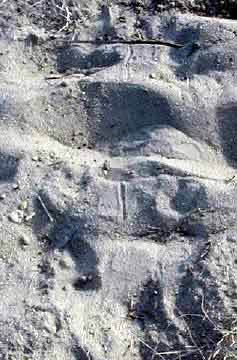 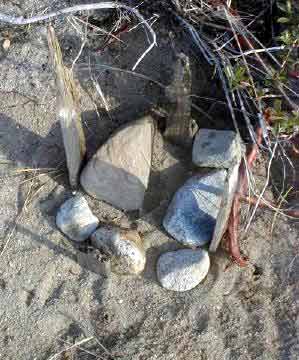
Several more nests were discovered throughout the day, each temporarily field marked and subsequently protected as appropriate. One such nest in the shoulder of a dirt road near a new home construction was run over by a multi-axle delivery truck. The ground was crushed and rutted by tires, yet — thankfully — the egg chamber survived intact.
Another nest was dug on the Crescent Island barrier beach, but unfortunately below where a summer storm tide might reach. We excavated this nest, which held 15 large eggs, weighing in total 159 grams. They were relocated to a safer upland site and equipped with a nest protector to evade predation.
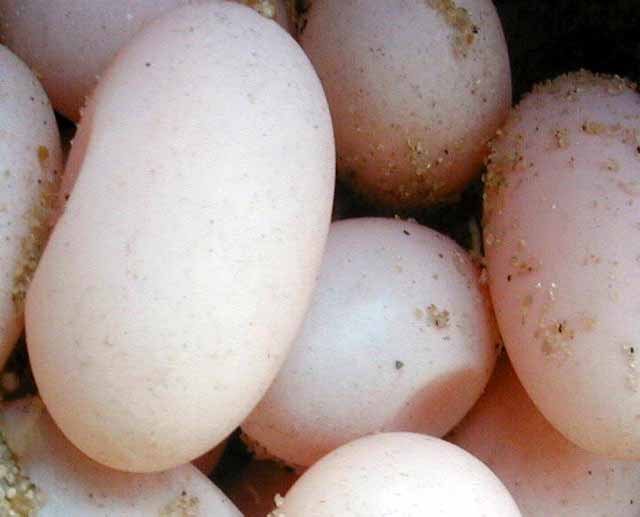

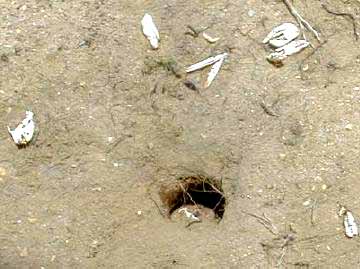 
The saddest story came from Old Wharf where a resident watched with a scope as a terrapin crawled out of Blackfish Creek, scaled the high dune and dug a 16-egg nest in the soft sand at the corner of her house. She neglected to report the sighting last evening, opting instead to wait until the next day. Overnight a predator sniffed out the freshly laid nest and devoured its eggs, leaving an empty nest and torn shards this morning — along with an object lesson about the need to act quickly to get these nests protected when the scent is still recent and strong.
The evening ended on a high note, though, when visitors from New Mexico saw a terrapin strolling down the dirt road in front of their rented cottage. These summer homes are papered with Wanted Posters and Fact Sheets and numbers to reach the 24/7 Turtle Dispatcher. So, the visitors called and nervously reported the sighting made by their son Dillon. Well, at my request, Dillon stood guard from a respectful distance while I jeeped over the causeway. He helped me record observations on this 10-year-old female whom we were seeing for the first time.
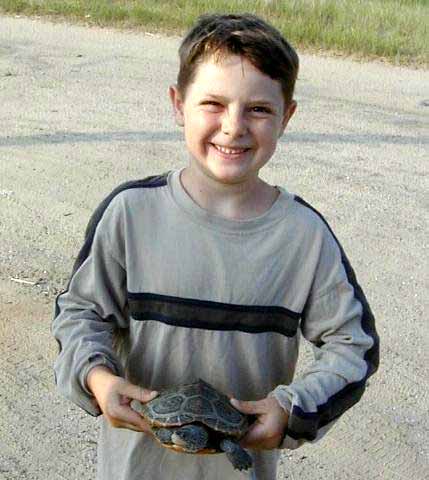
|